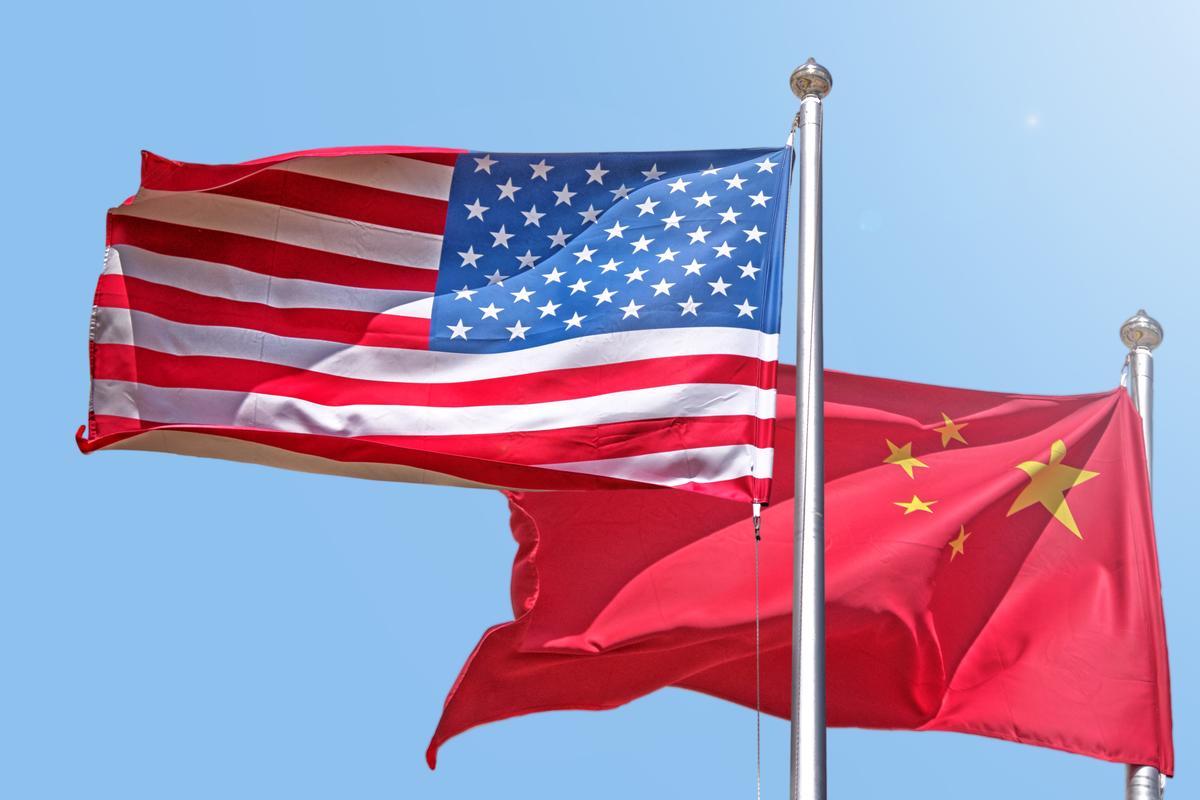Top 5 Things to Know About the China Competition Legislation as It Heads to Conference
Congress is back from recess and has a packed agenda. One important item is the upcoming conference to reconcile differences between the House and Senate passed China competition bills. EGA hosted a panel recently digging into some of the top issues. As the conference process kicks-off, these are the top five takeaways and things to know about the Senate’s U.S. Innovation and Competition Act (USICA)/the House’s America COMPETES Act (COMPEES)—now referred to by the administration as the “Bipartisan Innovation Act” (BIA).
1. Unprecedented Conference Size
The size of the conference is unprecedented covering roughly 20% of the entire congress. There are 107 conferees, including 81 Representatives (50 Democrats and 31 Republicans) from the House and 26 Senators (split evenly between Democrats and Republicans). Over two dozen committees across both chambers are involved, reflecting the sweeping nature of USICA/COMPETES as it touches on multiple jurisdictions. The sheer size of the conference complicates compromise and could drag out the timeline on process and scheduling alone. Senate leadership only just reached agreement to officially vote to appoint its conferees, which will happen next week, after that formal discussion can begin.
2. Time Crunch
The biggest challenge right now is timing. Congress had originally aspired to finish negotiations by the May 30 Memorial Day recess, but is already acknowledging that will not happen. The new goal for a conference report is by the July 4 recess, though the August recess appears more realistic. There are only 55 legislative days between now and the August recess, and Congress has a packed agenda, including securing additional funding for Ukraine and Covid-19 which has stalled due to political issues, among other elements of Biden’s domestic agenda. As the November mid-terms approach, it is unclear if China will remain a top priority on the Hill—most U.S. voters are more concerned about issues that affect their pocketbooks and may only care about the China legislation in as far as it may address inflation and supply chain woes. Regardless, a tough-on-China platform will feature in many campaigns on both sides of the aisle—passing this bill could be framed as a key accomplishment.
3. What will stay in and what will go?
There is bipartisan bicameral momentum to get to a deal, but also disagreement on some significant policy provisions that will require compromise. The quickest and easiest way to get the bill across the finish line is to drop some of the more controversial provisions. In the end of the day, it could be a far more scaled down proposal centered around the $52 billion in funding for the CHIPS Act, which will almost certainly remain in the final bill given the high levels of bipartisan and industry support. There has been some speculation that CHIPS could be removed and passed separately to prevent it from being bogged down by the other elements, but to date congressional leadership remains warry of losing any leverage to pass a comprehensive China strategy.
The trade chapter will require significant compromise between both chambers—conversations that will involve nuanced policy discussions around issues like Trade Adjustment Assistance, trade remedies and de minimis treatment of imports, among other issues. Of significant concern to the business community is a provision included in the House’s COMPETES to create a new process managed by the United States Trade Representative to review outbound investment in critical industries. Though the same proposal failed to make it into the Senate’s package and the annual defense spending bill for 2022, it may have staying power. If the provision does not survive conference, it is likely to resurface.
Other complicated issues that the conference will need to grapple with revolve around the administration’s and Democrat’s goals around climate, labor and immigration—mostly provisions included in the House version during a process that has been characterized as far less bipartisan.
4. Geopolitical considerations
Russia’s invasion of Ukraine has at once overtaken China as a top focus in Congress and provided new impetus to get this bill done. Congress is thinking seriously about global supply chain resilience and implications of overreliance on countries that are or may become adversaries. Following the swift, bipartisan move to sanction Russia for its actions, many on the Hill are calling for secondary sanctions to be imposed on China should the government more decidedly back Russia. However, there is also an understanding among some lawmakers that similarly sanctioning China would carry far different economic implications for the U.S. and American industry—largely because the sanctions would be unilateral. The stakes are now far higher and how the situation in Ukraine evolves will impact the direction of discussion during the USICA/COMPETES conference.
5. How will China respond?
The Chinese government has vocally opposed this legislation for its “Cold War,” zero sum mentality that undermines the bilateral relationship and erodes international peace and stability—a common refrain. When Congress has passed legislation regarding China in the past, such as bills calling for sanctions under the Hong Kong Human Rights and Democracy Act, barring imports under the Uyghur Forced Labor Act, or delisting Chinese companies under the Holding Foreign Companies Accountable Act, China issued strong rhetorical denunciations. But the Chinese government did not respond with concrete action until after the U.S. government took steps to actually sanction Chinese officials under authorities provided by the legislation. As the U.S. government has increased restrictions on Chinese companies, the Chinese government has developed a “retaliatory toolbox,” but has yet to actually use those tools against foreign companies. How China responds to passage of USICA/COMPETES will depend on what ultimately makes it into the final bill. Areas of prime concern include the outbound investment review, and any language on Taiwan that may signal a change in long-standing U.S. policy.

